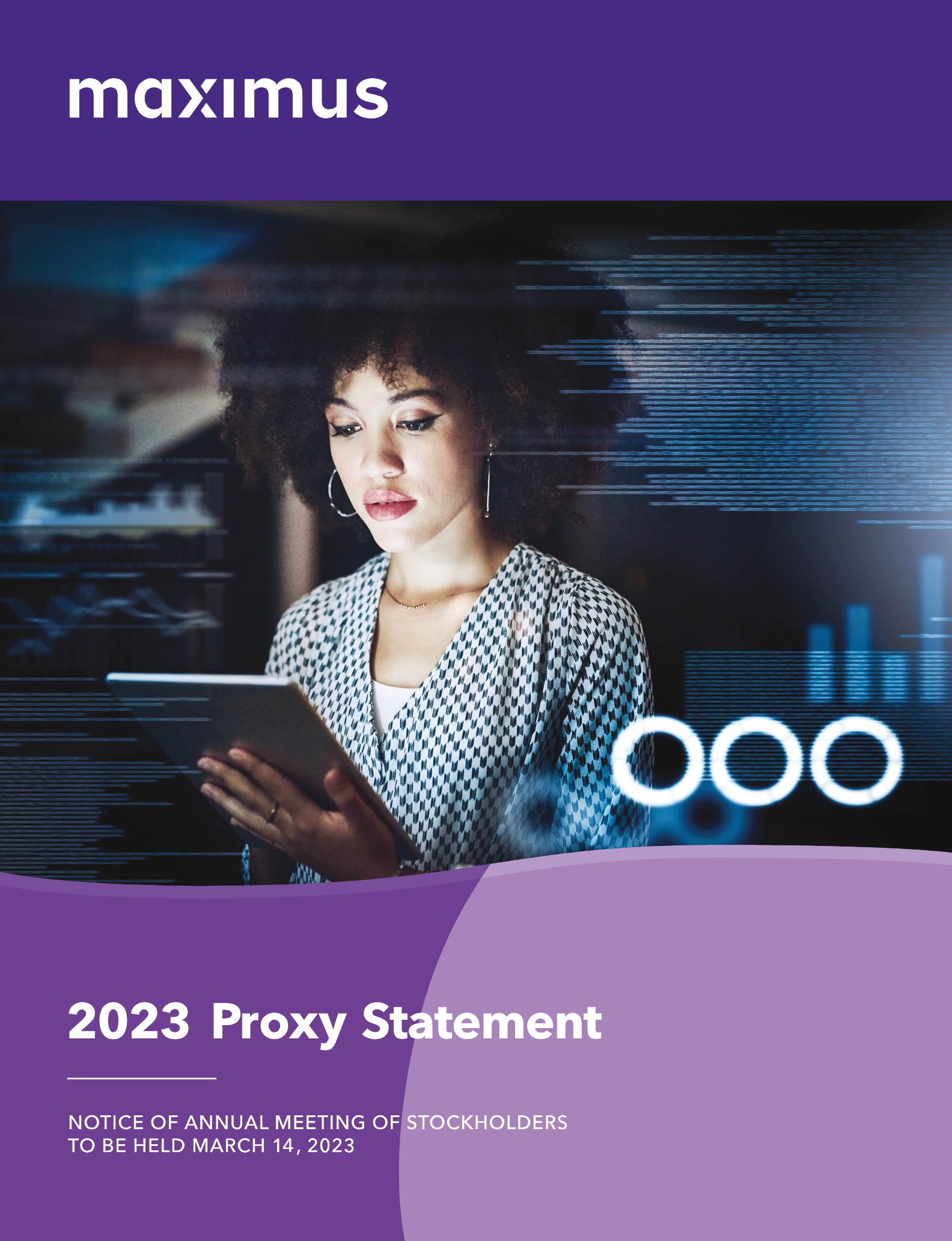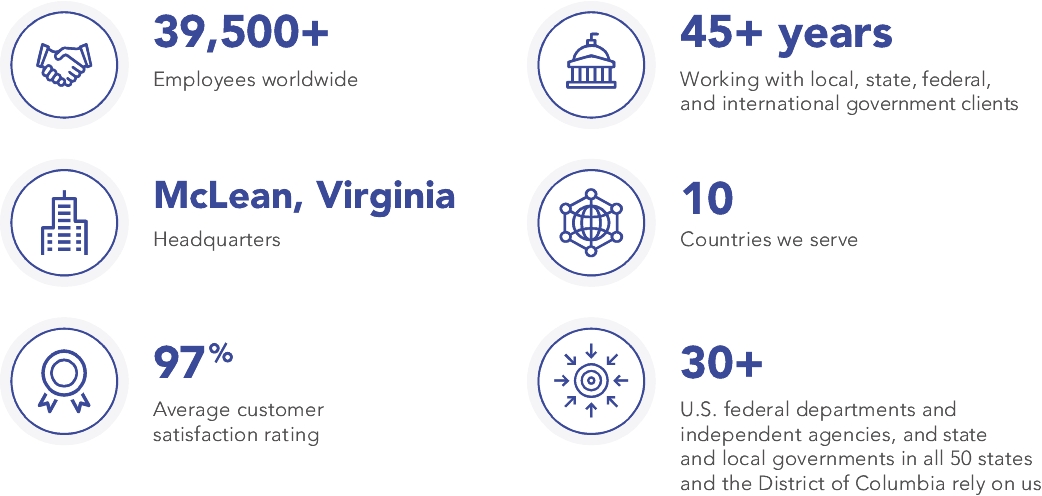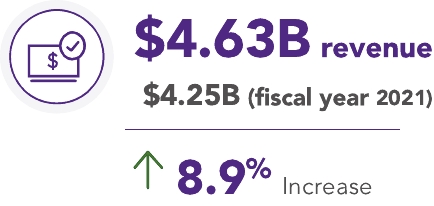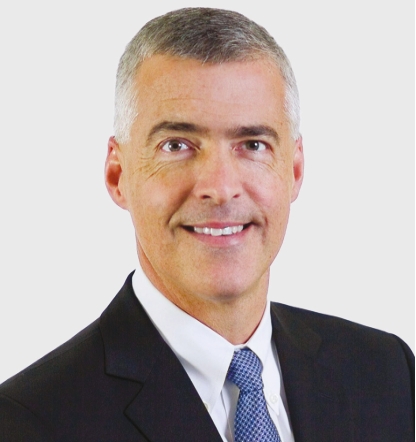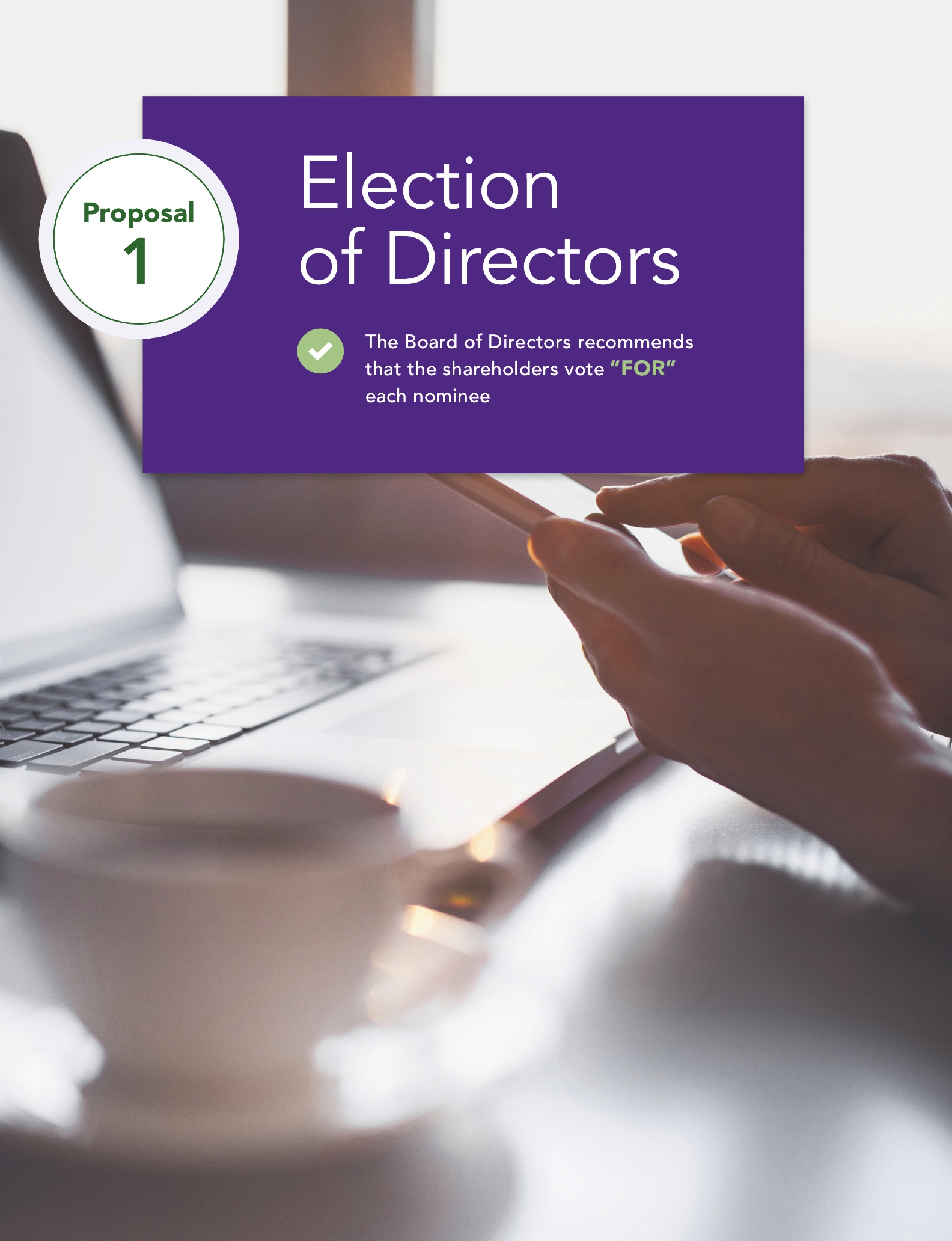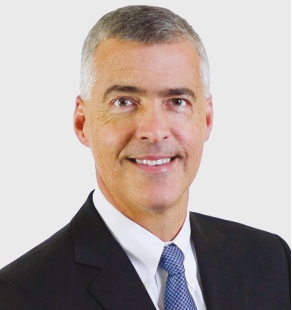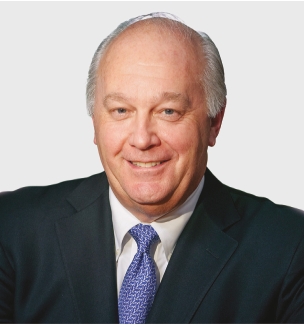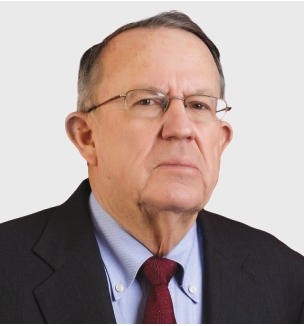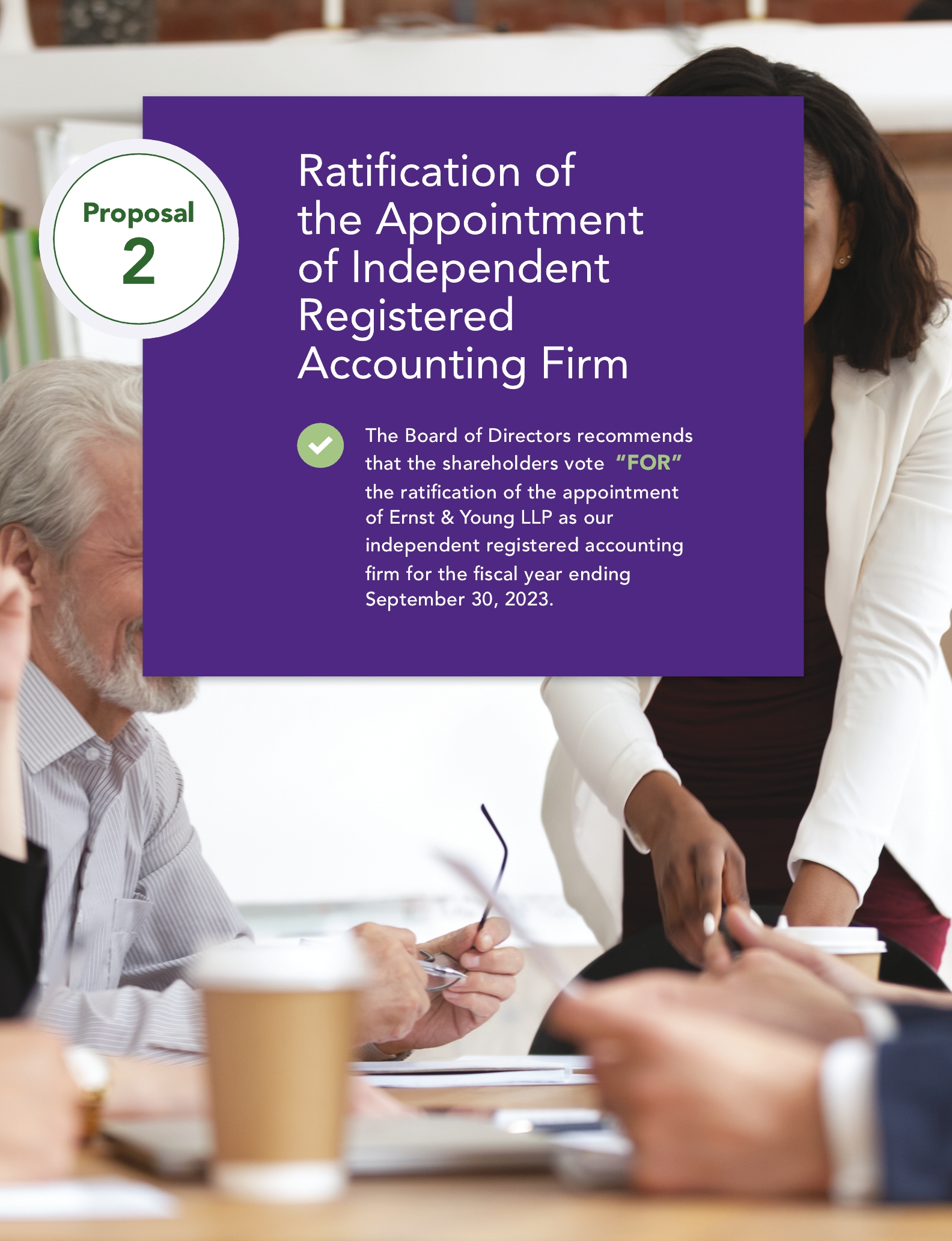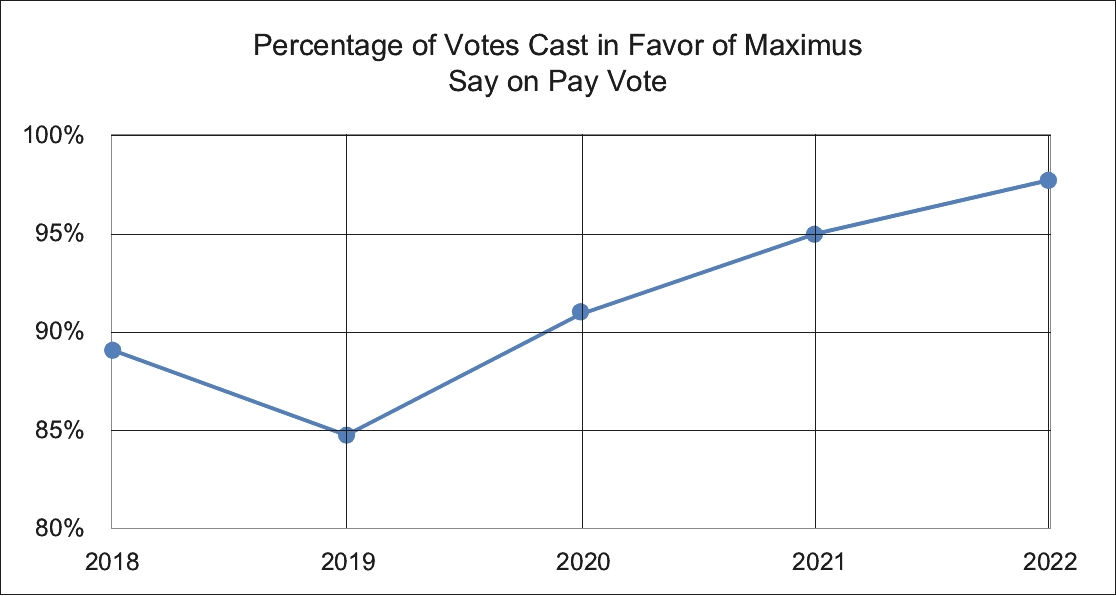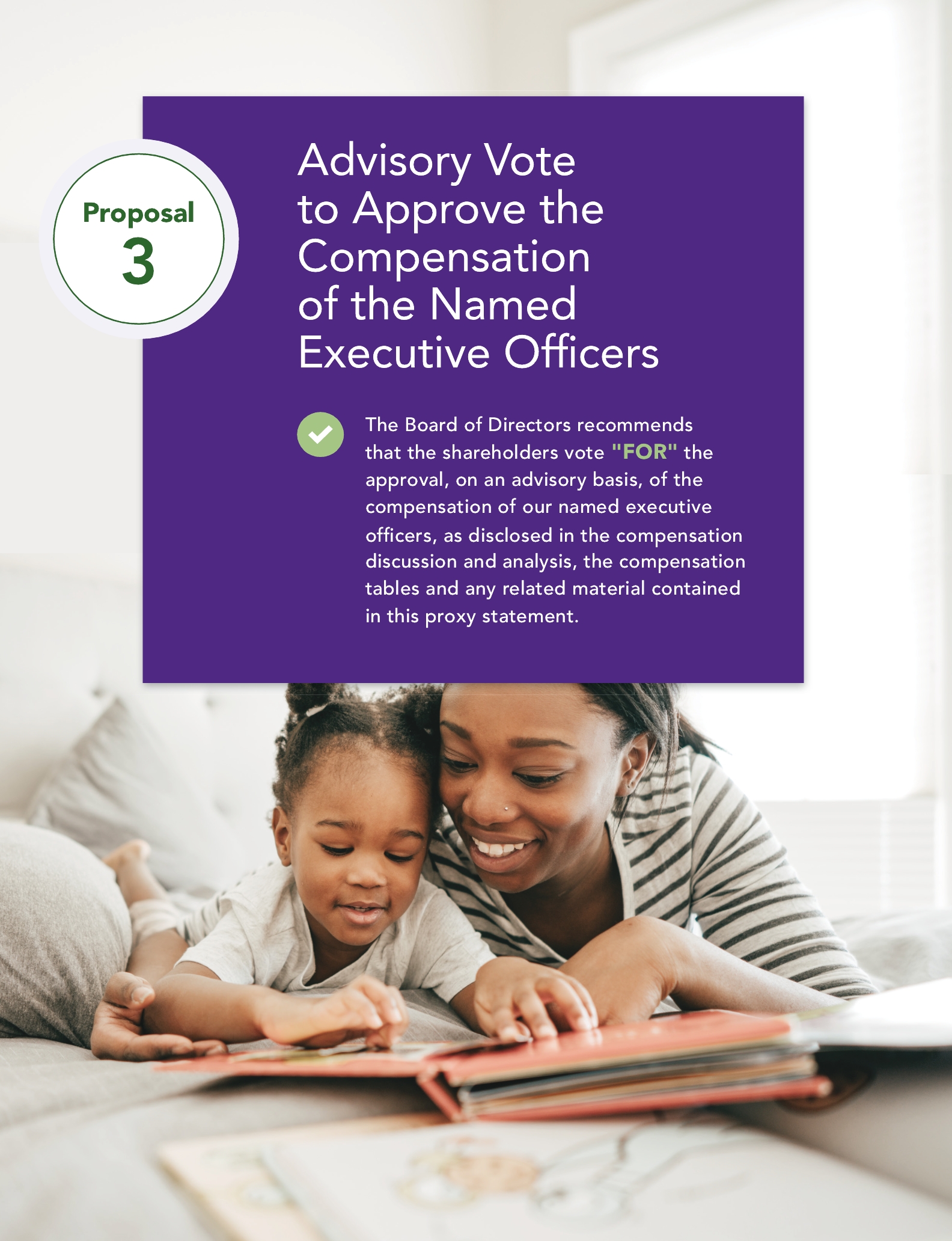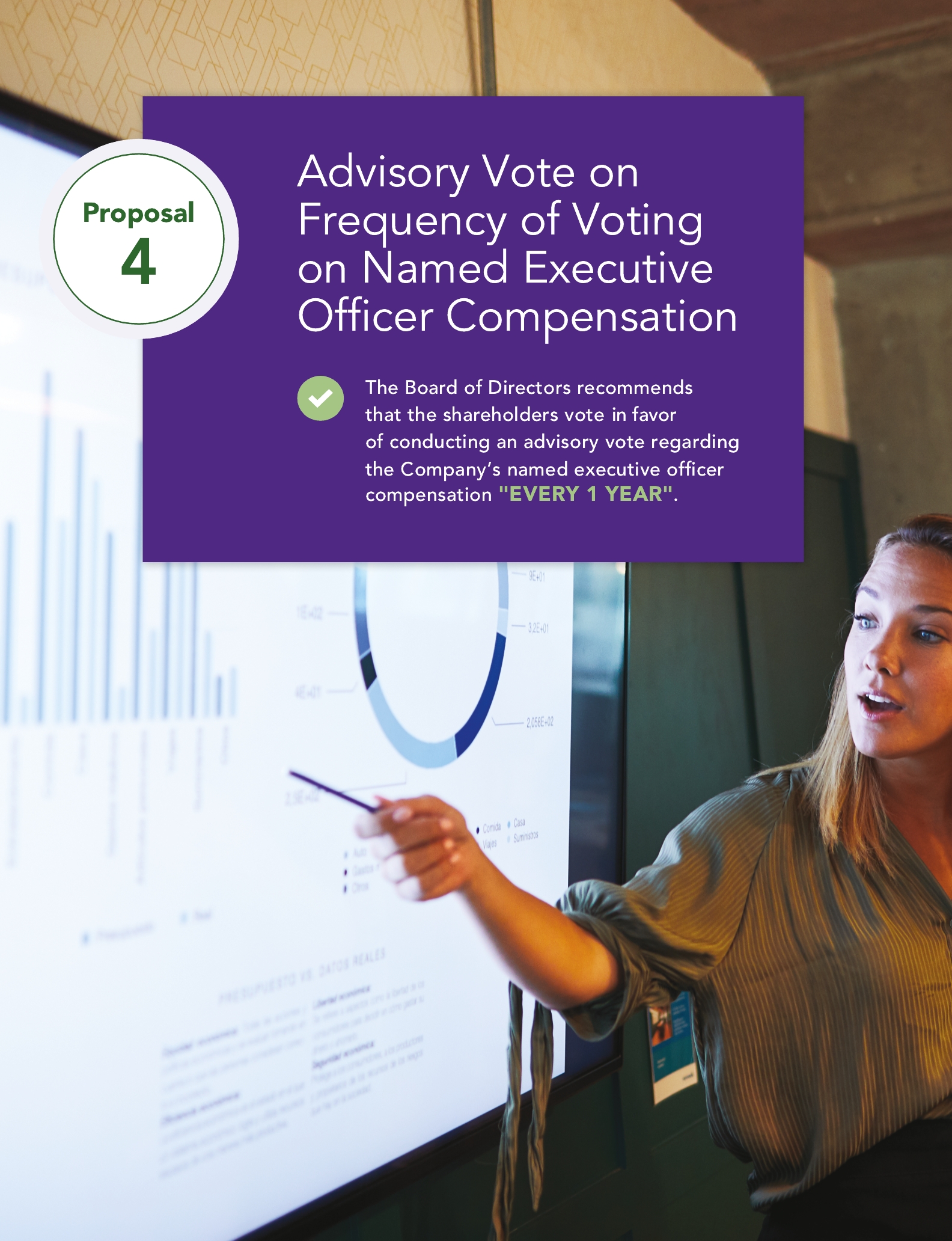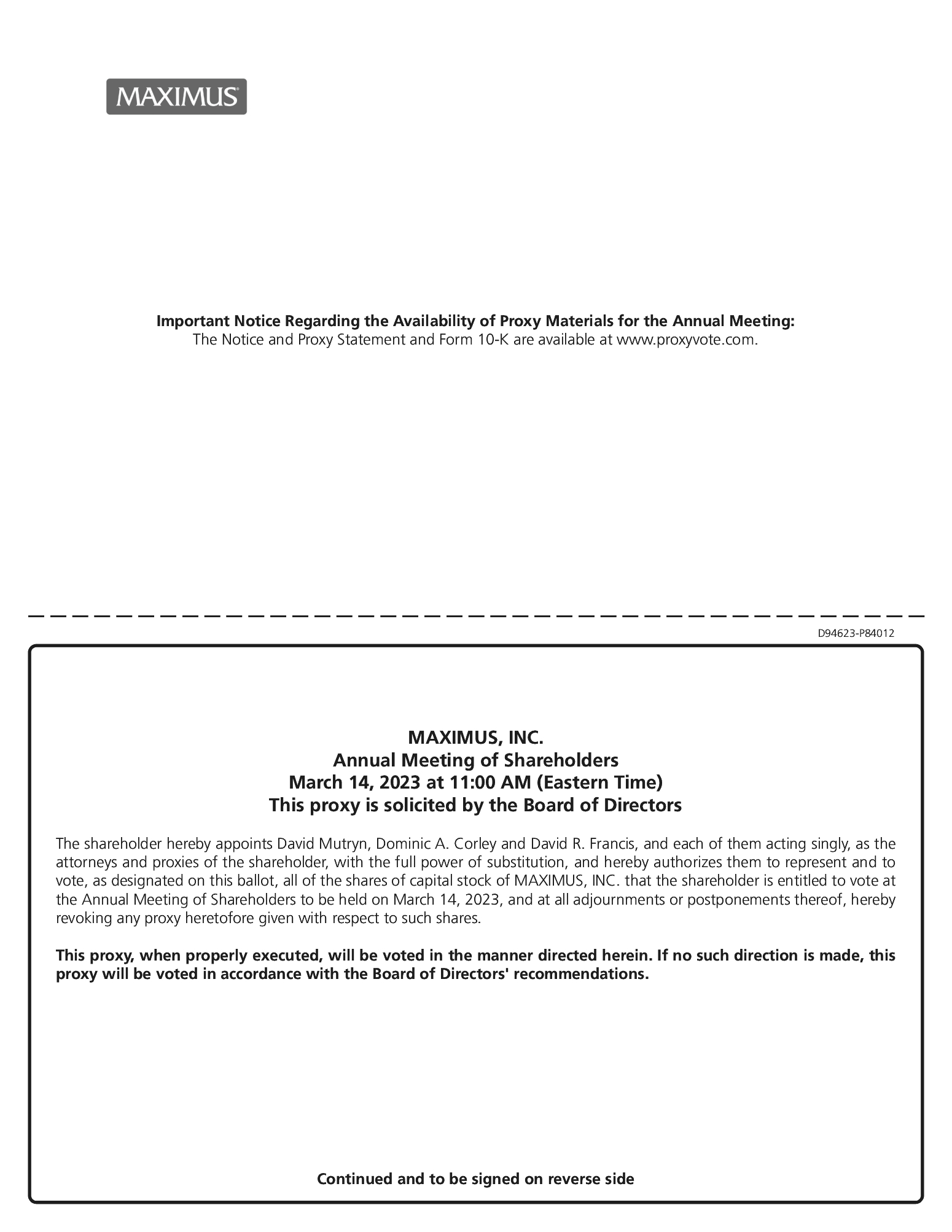 Anne K. Altman
Age 63
Director Since: 2016
Vice Chair Since: 2021
Chair of the Nominating and Governance Committee Since: 2018
Chair of the Technology Committee Since: 2018
Member of the Compensation and Human Resources Committee
Education:
• B.S., George Mason University
More:
• Director, SPX FLOW, Inc. | | | | Why she is valuable to Maximus:
Ms. Altman’s qualifications and skills include her experience with public sector clients and the information technology industry including security, analytics, cognitive, digital, commerce, and cloud capabilities. She provides expertise around ESG and responsible stewardship.
• Federal Government Contracting – at IBM, held positions of General Manager, U.S. Federal and Government Industries ($4B business) and General Manager, Global Public Sector ($20B business). Responsible for strategy, solution development, and services for U.S. Federal Government and global public sectors, as well as compliance with federal and international regulations.
• Technology Modernization, Government Citizen Services, Cyber Security & Data Privacy – proven experience in the IT industry, where she dealt with security, analytics, cognitive, digital, commerce, and cloud capabilities. Started career in 1981 as a system engineer, involved in various government-facing projects requiring innovation and problem-solving, as well as maintenance and security of data. Led IBM’s Smarter Cities initiative helping organizations, states and countries focus on transforming infrastructure, citizen-based services, healthcare, and education all directed at improving economic vitality.
• Financial Acumen, Mergers & Acquisitions – at IBM, track record of successful management of global P&L’s of more than $5B. Led and/or contributed to various acquisitions ranging from $200M - $2.6B, ~ $5B in total. Participated in programmatic M&A by identifying needed capabilities and working with M&A team to identify appropriate targets. M&A work consisted of acquisitions in the healthcare industry, Watson analytics, and the IBM Mainframe. As a Director for SPX Flow, Inc., participated in the process to take the company private in 2021.
• International Experience – at IBM, led global software account manager sales organization with customers consisting of government and commercial entities, led global public sector, which included government healthcare, life sciences, and education industries, as well as the global mainframe business. Professional experience also includes working with both NATO and the EU.
• Environment, Social, Governance Expertise –
o E: As Chair of the Nominating and Governance Committee of SPX Flow, Inc., oversaw and contributed to efforts to reduce carbon footprint of a manufacturing company.
o S: Led IBM’s women’s diversity group from 2013 to 2016. Co-Founder of Everyone Matters, Inc, a social impact enterprise with a focus on ensuring everyone has equal access to health, education, and government services. Co-chaired Executive Development Course at George Mason University in 2021, titled Organizational Strategies: Ensuring Diversity, Equity and Inclusion
o G: Chair or member of Nominating and Governance Committees, focused on discipline and finding best practices and processes for companies to implement.
Career Snapshot:
Ms. Altman retired from IBM in 2016 having served since 2013 as the company’s General Manager for U.S. Federal and Government Industries. Previously she served as General Manager for IBM's Global Public Sector with responsibilities for global government—national, regional, and local—as well as education, healthcare, and life sciences. Ms. Altman joined IBM in 1981 as a systems engineer and held a number of roles with increasing responsibility in areas pertaining to government and technology. | |
